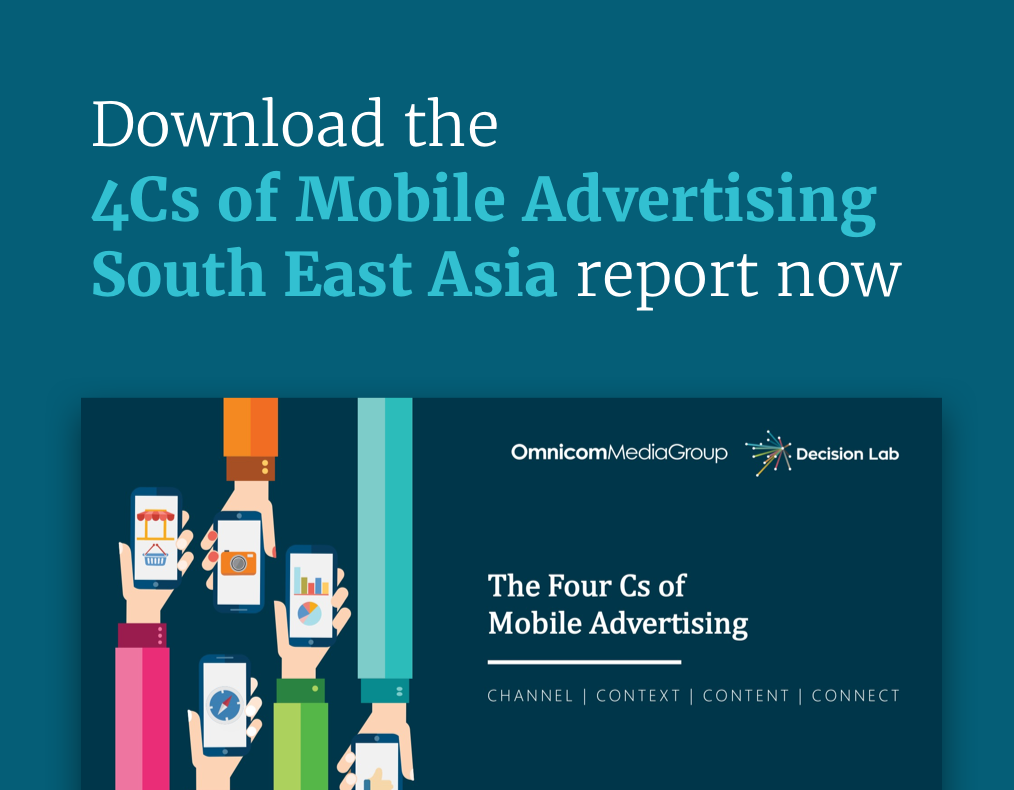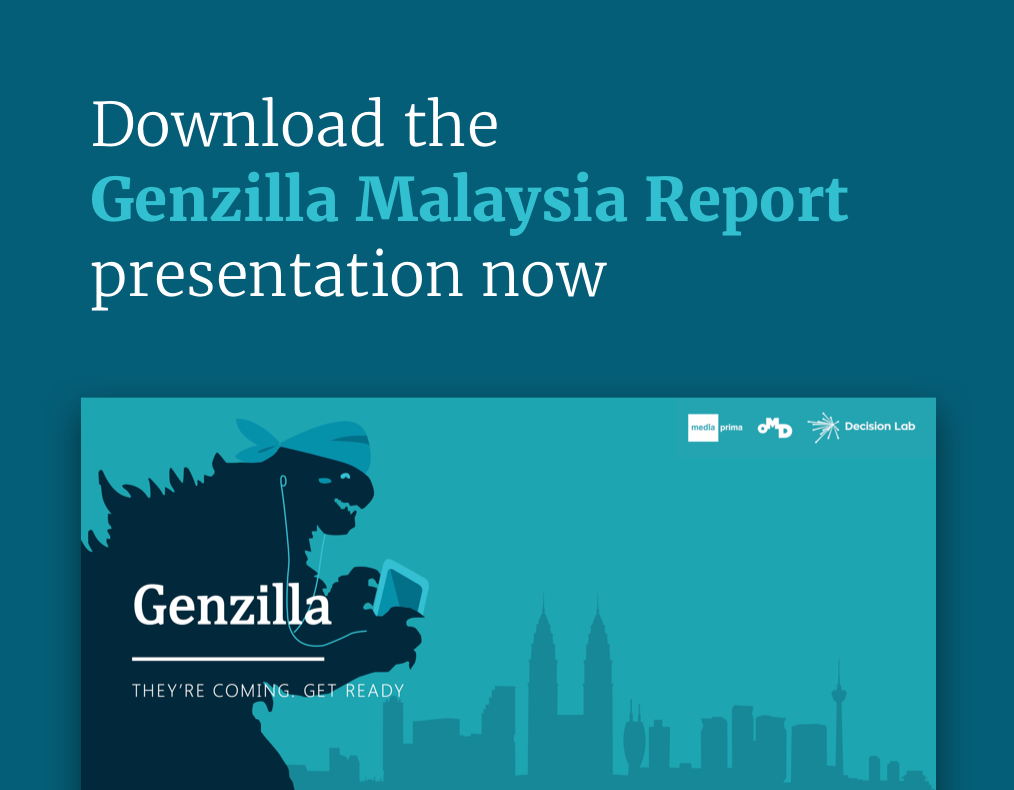The cut in fuel subsidies has led to gradual increases in prices and inflation, a higher cost of living and declining quality of life for Malaysian consumers from all walks of life.
And advertisers are no exception. The landscape for advertisers is ever-more daunting with 6% GST roll-out on 1 April 2015 and falling consumer confidence levels.
PHD Malaysia, in partnership with Market Research Agency, Decision Lab, and Media Prima Group, embarked on a research study to understand the impact of the rising cost of living in Malaysia. Decision Lab collected responses from 500 ethnic Malay and Chinese online consumers aged 15 and above in October 2014. This study is the first leg of the “Tomorrow Now!” Thought Leadership series for 2014/2015.
Download free reports from the Tomorrow Now! series here: Genzilla Vietnam, Genzilla Malaysia, 4Cs of Mobile Advertising.
As in previous downturns, we witnessed coping strategies that consumers undertook to manage the economy . But what also happened in the downturn was there were mixed reactions among consumers. While grappling with the weakened economy, some still believed that the situation would eventually improve. It was this uncertainty that held back consumer spending.
“Today, anxiety hits all walks of life because consumers are dealing with a slew of rising prices. Unlike the downturn, it is the weak purchasing power and certainty about the future (more price hikes) that curb consumer spending,” Jimmy Lim, General Manager o PHD Malaysia.
SURVEY HIGHLIGHTS:
-
92% are increasingly worried about their financial status than a year ago
-
70% of consumers say there is nothing they can do other than cope with the rising costs. Many started proactively cutting down expenses and looking for new sources of income.
-
46% plan to switch to a higher paid job.
-
53% started to instil prudent measures within the family and 42% scrutinise cost per unit to get the most out of their money.
-
24% have stopped eating fast food, 41% eat less frequently and 25% went for cheaper options in the past year.
-
A sense of normalcy emerges among the consumers as costs are expected to continue rising. This has triggered an attitudinal change towards budget and value.
-
The change of behaviours are likely to be permanent or until they regain purchasing power.
The study found that 89% of respondents were convinced that costs will just get higher and higher. They felt there was nothing they could do, but to tighten their belts and live within their means.
 Thue Quist Thomasen, Founder of Market Reseach agency, Decision Lab, analyzed fact-based findings and discussed strategies.
Thue Quist Thomasen, Founder of Market Reseach agency, Decision Lab, analyzed fact-based findings and discussed strategies.
A clear change in consumer coping strategies has been identified, in comparison to the previous downturn. On top of the constricted “refrain and avoid” approach, consumers are also taking a more aggressive “deduct and reduce” strategy by cutting down on even the necessities. They have been trying to maximize their money with value-purchases, discounts and sales-items over the past year. Moving forward, many are looking at new sources of income via extra jobs or stretching their money with other financial means like credit cards.
Based on the consumer behaviour exhibited through spending, consumers respond differently towards different product categories:
BRACE YOURSELF:
FMCGS such as groceries, fast food, snacks and personal care will take the brunt of the first cutbacks as these are the largest household expenses. Most consumers are cutting down the non-essentials like fast food, and economising on the necessities by gravitating towards the basic and cheaper alternative brands.
“This is the opportunity for different brands to enter more consumer households. It could be a battle of multiple brand usage at first, but eventually consumers will settle down with brands that offer the greatest value”, commented Thue Quist Thomasen, founder of Decision Lab.
Learn more about Consumer Understanding
HANG IN THERE:
Technology products and some durables such as home appliances will need to tread with caution as consumers are torn between delaying their purchase and trading down. It is in consumers’ interest to want to own something that they desire instead of getting stuck with a big ticket item that they do not like.
So in order to RETAIN AND CAPTURE customers, brands need to offer ways to ease the initial investment or spread out the financial commitment.
How to build stronger relationship with your customers
BREATHE EASY:
Home entertainment, traditional media and broadband subscriptions are relatively immune because more and more consumers are “cocooning” at home to avoid spending money. The internet economy is expected to boom as 89% of consumers are engaged in internet-based activities. 27% are buying online and this has increased in the past year.

“Cocooning used to be a trend among the social media-engulfed millennials, but we are seeing more consumers of other age groups joining the club. We have seen a steady increase of Ton Ton traffic with new and more loyal viewers coming on board. There are plenty of opportunities for advertisers to capitalise on this trend”, Marzina Ahmad, General Manager Research, of Media Prima Berhad.
The event engages not only its audience but also the press:



